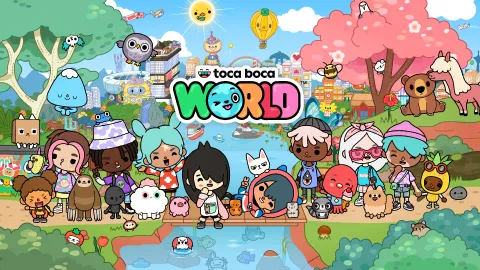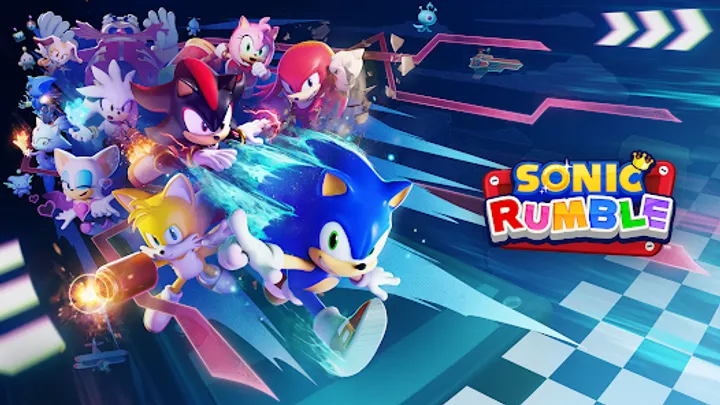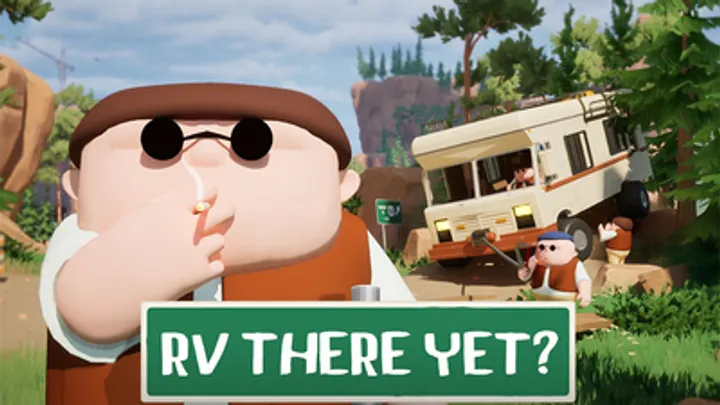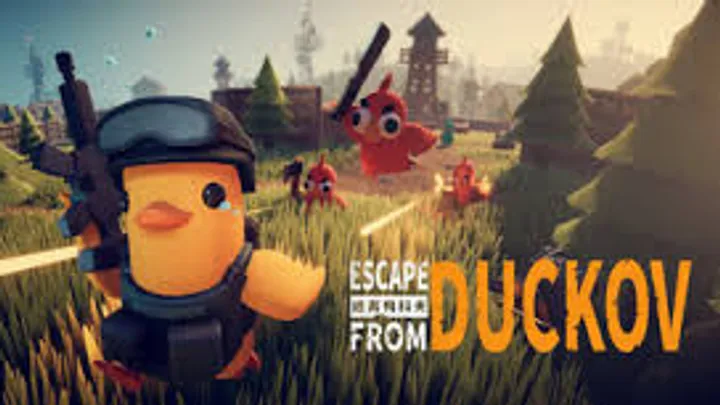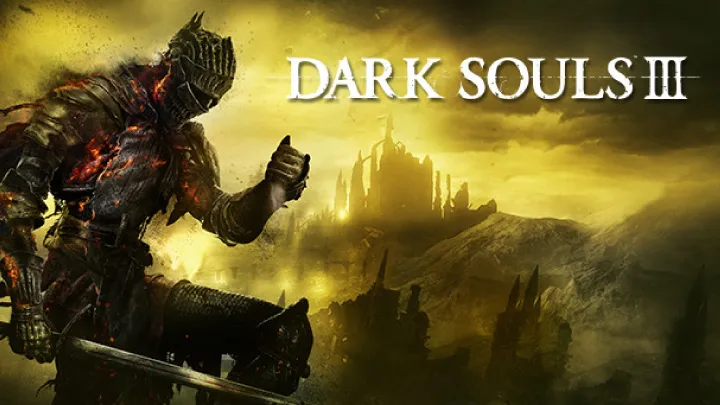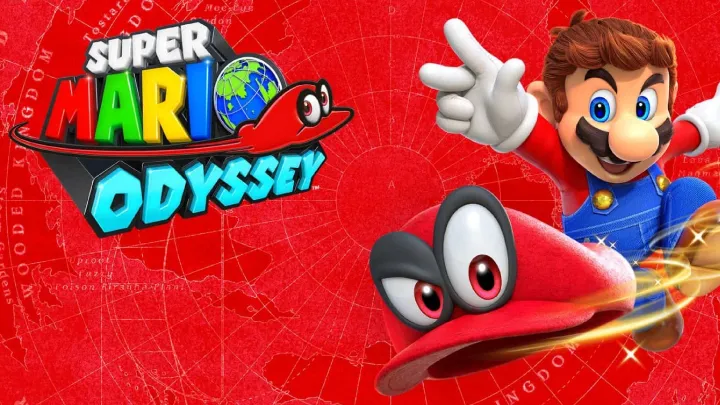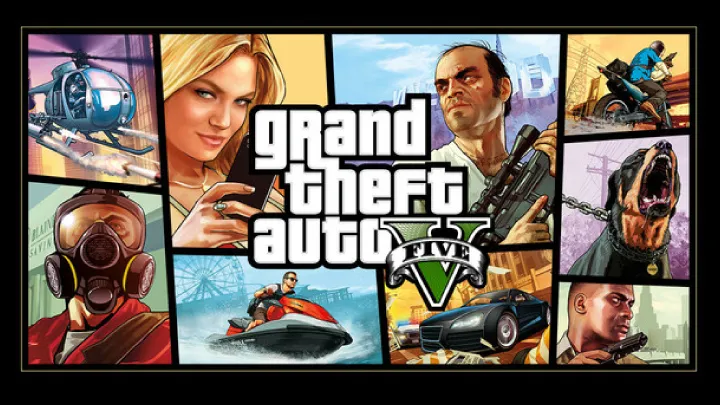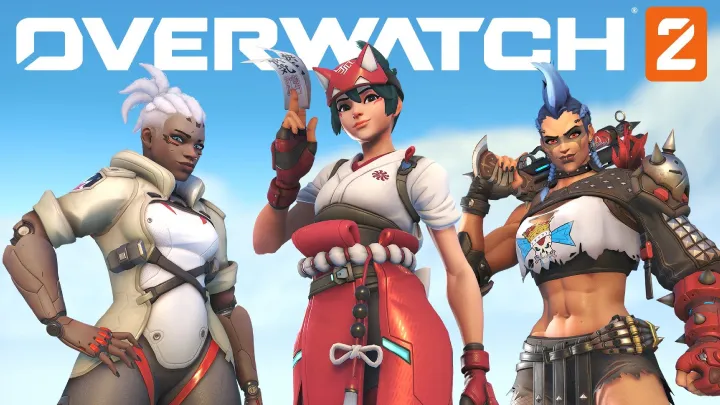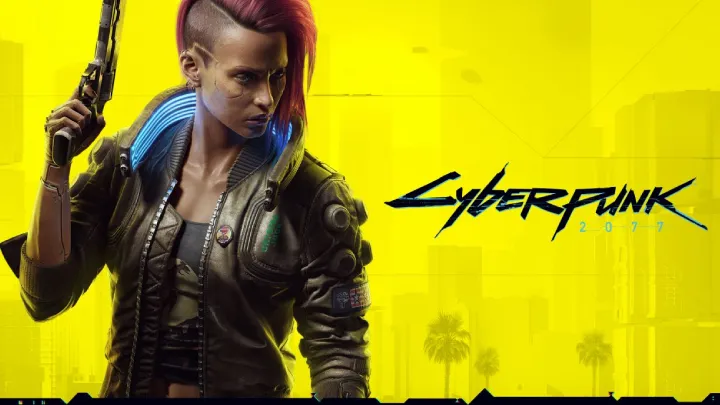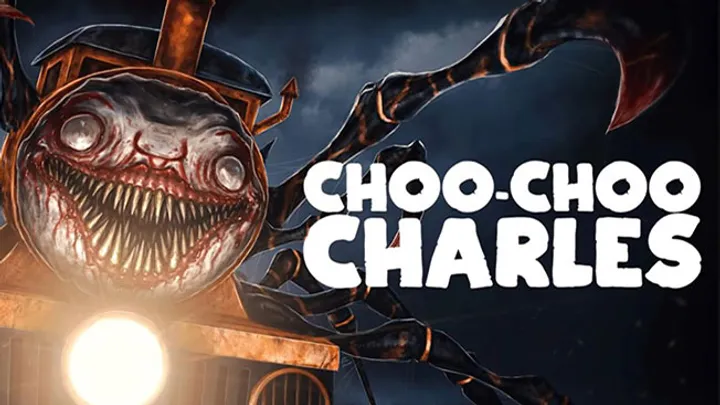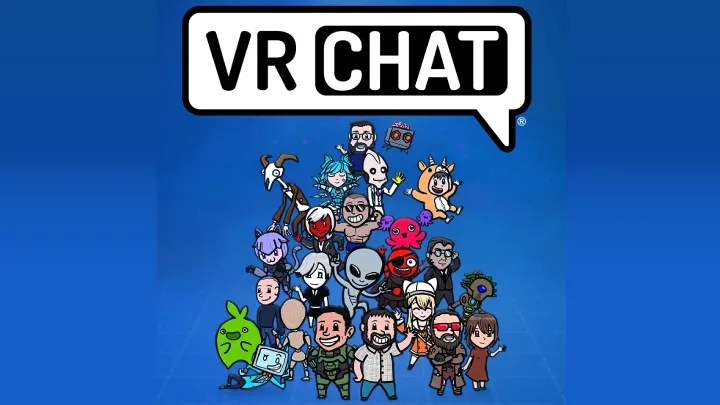Introduction — How One App Rewrote the Rules for Kids’ Roleplay Games
When Toca Life World hit app stores in November 2018, it looked like just another colorful, kid-friendly app from Toca Boca — a studio already well-regarded among parents for its safe, imaginative, and ad-free games. But to anyone paying close attention, it was clear this was something different. This wasn’t a standalone title; it was the beginning of a platform.
The premise was deceptively simple: take all the standalone Toca Life apps — City, Hospital, School, Vacation, Farm, and more — and merge them into a single, interconnected hub. Then, open the door for continual expansion with new locations, characters, and items. Suddenly, a farmer could visit a hair salon, a princess could go camping, and the boundaries between themed worlds disappeared.
For children, it was a dream come true: a digital dollhouse that never ran out of rooms. For Toca Boca, it was a strategic pivot from finite apps to a living ecosystem. And for the mobile game industry, it was a quiet challenge to the aggressive monetization and hyper-competitive design trends that dominate the market.
Chapter 1 — From Isolated Towns to One Connected World
To understand the significance of Toca Life World, we need to rewind to 2014, when Toca Boca began releasing the Toca Life series. Each app was a themed sandbox: Toca Life: Town let you wander a small settlement, Toca Life: School simulated the classroom environment, Toca Life: Hospital gave kids a playful way to explore healthcare scenarios.
Each game worked well in isolation, but that was the problem — they were isolated. If a child wanted to bring their favorite teacher from School into the beachside Vacation setting, they couldn’t. They had to swap between apps, breaking the flow of storytelling.
Parents noticed the frustration. Kids noticed it even more. By 2017, Toca Boca’s internal design team had started experimenting with a “world” system — essentially a central hub that could hold every past and future Toca Life location. This wasn’t just a technical challenge (since each app was originally coded as a standalone), but a conceptual one: could they merge these experiences without losing the charm and simplicity that made them work individually?
The answer became Toca Life World — a free app containing Bop City as its default playground, with the ability to integrate both purchased and newly released locations into one seamless map.
Chapter 2 — The Gameplay Philosophy: No Winners, No Timers, No Stress
The first thing you notice when you open Toca Life World is what isn’t there: no score counter, no missions, no time pressure. This is intentional.
Toca Boca’s design philosophy is rooted in open-ended play, inspired by real-world toys like dollhouses, LEGO sets, and action figures. The core gameplay loop revolves around three verbs:
- Explore — Move through locations, open drawers, try on clothes, mix strange recipes.
- Customize — Rearrange furniture, decorate spaces, dress characters, swap hairstyles.
- Tell stories — Act out scenarios, invent drama, make your own “episodes” like a TV show.
This lack of a win/lose condition makes Toca Life World unusually liberating for a mobile game. Kids can spend hours creating elaborate stories with no pressure to “progress” in the traditional gaming sense. The value is in the journey — or rather, in the endless variety of journeys they can create.
Chapter 3 — Bop City and Beyond: World-Building with Care
Bop City, the starting area in Toca Life World, is deceptively dense. It’s not a single map, but a collection of interactive buildings: a hair salon, a pet shop, an apartment block, a theater, and more. Each is filled with tappable objects — cupboards that open, clothes that can be worn, food that can be cooked, pets that can be washed.
The design principle here is density of interactivity. Unlike many kids’ games where background elements are purely decorative, Toca Life World rewards curiosity. Tap a seemingly random object, and it might do something surprising — a plant might drop leaves, a stuffed animal might make a squeak, a drawer might reveal a secret item.
From there, the paid expansions add everything from ski resorts to shopping malls to magical fantasy castles. Locations aren’t just reskins; they often introduce new thematic props, outfits, and even mechanics that ripple through the whole world. A blender from a kitchen pack, for example, can be placed in an entirely different location, letting kids blend smoothies in a castle tower or a science lab.
Chapter 4 — Characters as Play Tools
Characters in Toca Life World are more than avatars; they’re narrative tools. The base game includes a variety of personalities — a barista, a pet groomer, a skateboarder, and more — while expansions add themed characters like royalty, astronauts, or mountain climbers.
Each can be customized extensively. Skin tones, hairstyles, facial features, and clothing can be mixed to create representations of real-life friends or completely fictional personas. This inclusivity extends to accessibility features: wheelchairs, prosthetic limbs, hearing aids, and diverse body types are part of the wardrobe, normalizing representation in a subtle, everyday way.
Kids often assign personalities and backstories to their characters, which then become recurring figures in their personal Toca narratives. In many ways, these characters function like recurring actors in a child’s self-produced TV show.
Chapter 5 — The Expansion Model: Balancing Free and Paid
The monetization model is one of Toca Life World’s most strategic design decisions. The core app is free, giving access to Bop City and a basic cast of characters. Everything else — new locations, characters, furniture packs — can be purchased individually or in themed bundles.
Advantages of this model:
- Families can try the game without financial commitment.
- Players can pick and choose content that interests them most.
- Toca Boca can sustain long-term development with ongoing revenue.
Criticism:
- Unlocking everything can be expensive — potentially over $100 if purchased separately.
- Some parents prefer the one-time purchase model of earlier Toca Life titles.
Toca Boca mitigates some criticism by ensuring the free base game is substantial enough to stand alone, while expansions genuinely add value rather than gating core functions.
Chapter 6 — The Hidden Role of Item Portability
One underappreciated innovation in Toca Life World is item portability. Objects can be moved between locations, enabling a level of creative freedom not possible in the standalone apps.
A chef’s knife from the restaurant pack can be brought into the hospital to create a comedic “surgery” scenario. A surfboard from the beach can end up in the snowy ski resort. These cross-world interactions keep the play fresh and encourage absurd, imaginative mashups.
This portability is part of why expansions feel so integrated rather than siloed — buying a new pack doesn’t just give you a new place; it enriches the entire world.
Chapter 7 — The Community That Exists Outside the Game
While Toca Life World doesn’t allow direct in-game sharing (to protect children’s privacy), its community thrives on external platforms. YouTube channels dedicated to “Toca Stories” stage elaborate dramas using screen recordings. TikTok creators post quick, funny skits using in-game characters. Instagram feeds showcase intricately decorated apartments or fashion combinations.
This user-generated storytelling has effectively turned Toca Life World into a cultural platform, similar to The Sims or Animal Crossing, where the creativity of the community becomes part of the game’s appeal.
Chapter 8 — Educational Benefits Without the Label
Toca Boca avoids marketing its games as “educational” — a deliberate choice to avoid the stigma that such labeling can make a game feel like work. But educators and child development specialists often point to the skills it supports:
- Creative thinking through story invention.
- Planning and organization when setting up scenes.
- Social-emotional learning when roleplaying empathy or conflict resolution.
- Fine motor skills from precise drag-and-drop interactions.
Because the learning is embedded in play, children remain engaged without feeling like they’re being taught.
Chapter 9 — Cultural Representation Done Right
From the start, Toca Life World has been intentional about diversity. Characters include a broad spectrum of skin tones, hairstyles, cultural clothing, and physical abilities. Gender representation is fluid — nothing stops you from dressing any character in any clothing, and facial hair or makeup can be applied without restrictions.
Locations avoid heavy-handed cultural stereotyping, instead offering stylized, inclusive designs that feel universally inviting while still being inspired by real-world traditions.
Chapter 10 — Challenges Ahead
Despite its success, Toca Life World faces several challenges:
- Content saturation — Frequent expansions risk feeling like more of the same.
- Device performance — The growing size of the game strains older devices.
- Balancing monetization — Maintaining trust while driving revenue.
- Competition — Roblox, Minecraft, and even YouTube itself compete for the same creative play time.
Toca Boca will need to innovate without losing its core philosophy to stay ahead.
Chapter 11 — The Road Forward
Potential growth areas include:
- Augmented Reality (AR) integration, bringing characters into the physical world.
- Custom content tools for safe sharing of player-made items or scenes.
- Seasonal events that introduce temporary items and challenges.
- Cross-media projects — an animated series or interactive web tie-ins could deepen the lore.
The platform’s modular structure gives it near-limitless expansion potential, provided updates remain meaningful and not purely cosmetic.
Conclusion — The Digital Dollhouse of a Generation
Toca Life World is more than a game — it’s a creative toolkit, a safe digital playground, and a storytelling canvas rolled into one. It respects children’s intelligence by giving them freedom, trusts parents by avoiding exploitative mechanics, and stands out in a crowded market by doubling down on the values of open-ended, imaginative play.
Its future will depend on how well Toca Boca can maintain this balance while evolving alongside its players. But if the last five years are any indication, Toca Life World has already secured its place as a defining childhood experience for millions — the Sims or LEGO of the touchscreen generation.














































